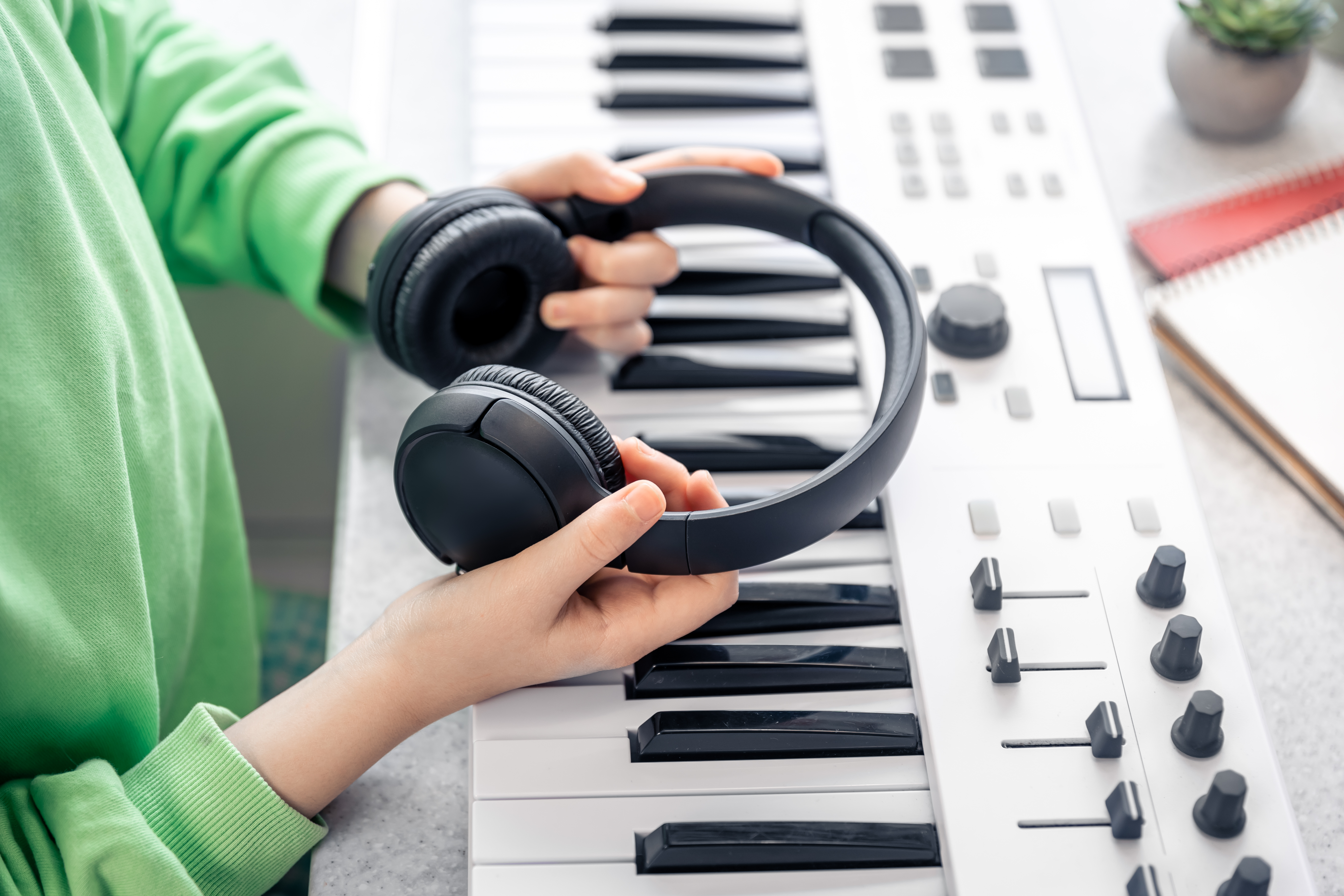
WracA is a free academy dedicated to empowering individuals with the skills and knowledge needed for self-improvement. Explore our comprehensive courses covering a range of topics from music production to coding. All courses are offered at no cost!
Basic Music Crush Courses


Course 1: Music Production Basics
Module 1: Introduction to Music Production
Music production is the process of creating and assembling music. It involves several key stages, including:
- Composition: Writing the musical material, including melodies, harmonies, and rhythms.
- Recording: Capturing the performance of the musicians or vocalists using microphones and audio interfaces.
- Editing: Refining the recorded material by removing mistakes, adjusting timing, and correcting pitch.
- Mixing: Combining all the audio tracks into a cohesive whole, balancing levels, and applying effects.
- Mastering: Preparing the final mix for distribution, ensuring it sounds polished and consistent across various playback systems.
Each of these stages plays a crucial role in creating a high-quality final product. Understanding how to navigate these stages is essential for any aspiring music producer.
Module 2: Essential Equipment and Software
To get started with music production, you'll need some basic equipment and software:
- Microphones: Capture sound. Condenser microphones are great for studio vocals, while dynamic microphones are suitable for live performances.
- Audio Interfaces: Connect your instruments and microphones to your computer, converting analog signals into digital data. Look for interfaces with good preamps and multiple inputs.
- Studio Monitors: Provide accurate sound reproduction. Unlike regular speakers, they are designed for mixing and mastering, offering a flat frequency response.
- Headphones: For detailed listening and mixing. Studio headphones should have a flat frequency response to accurately hear the mix.
- Digital Audio Workstations (DAWs): Software used for recording, editing, mixing, and mastering. Popular DAWs include Ableton Live, FL Studio, and Logic Pro X. Choose one that fits your workflow and budget.
- Plugins and Virtual Instruments: Enhance your DAW with effects and instruments. Common plugins include equalizers, compressors, and reverb. Virtual instruments range from synthesizers to sample libraries.
Investing in quality equipment and software can greatly impact the quality of your productions. Each tool has its purpose and contributes to the overall production process.
Quiz for Course 1: Music Production Basics
1. What is the purpose of mixing in music production?
To capture audio recordings.
To combine and balance audio tracks.
To prepare the final mix for distribution.
2. What does mastering involve?
Editing the recorded material.
Preparing the final mix for distribution.
Capturing the performance of musicians.
3. What is the role of an audio interface?
To record MIDI data.
To convert analog signals to digital data.
To enhance the sound of studio monitors.
4. What is automation used for in mixing?
Adjusting the balance of individual tracks.
Adding dynamics and movement to the mix.
Applying equalization and compression.
5. Which plugin type is commonly used for adding reverb?
EQ Plugin
Compressor Plugin
Reverb Plugin
6. Which of these is not a part of the music production process?
Composition
Distribution
Correction
7. The primary purpose of audio editing is to:
Add effects to a recording.
Enhance the quality of a recording.
Remove mistakes and adjust timing.
8. What is the main use of a studio monitor?
By DJs to play music.
Producing accurate sound for mixing.
Using at live performances.
9. In which stage of music production is EQ primarily used?
Composition
Mixing
Mastering
10. What is a common use for MIDI in music production?
To control audio mixing.
To create light shows.
To trigger virtual instruments.
Course 2: Music Production Fundamentals
Module 1: Advanced Music Theory Concepts
To create complex and engaging music, understanding advanced music theory concepts is essential:
- Counterpoint: The art of combining independent melodic lines to create harmonious music.
- Form and Analysis: Studying the structure of compositions and understanding different musical forms such as sonata form and rondo form.
- Orchestration: Learning how to arrange music for various instruments and ensembles.
Mastering these concepts will elevate your music composition and arrangement skills, making your productions more sophisticated and engaging.
Module 2: Mixing and Mastering Techniques
Mixing and mastering are crucial stages in music production that ensure your tracks sound polished and professional:
- Mixing: Involves balancing the levels of individual tracks, panning, EQ adjustments, and applying effects such as reverb and delay. Aim for a clear, balanced mix that highlights the best aspects of each element.
- Automation: Allows you to adjust volume, panning, and effects over time, adding dynamics and interest to your mix.
- Mastering: The final step in production, where the mixed track is processed to ensure it sounds consistent across different playback systems. This includes equalization, compression, and limiting.
- Reference Tracks: Comparing your mix to professionally produced tracks can help you achieve a competitive sound. Use reference tracks to guide your mixing and mastering decisions.
Applying these techniques effectively will result in a polished final product ready for distribution.
Quiz for Course 2: Music Production Fundamentals
1. What is the purpose of an audio interface?
To convert digital signals into analog data.
To connect instruments and microphones to your computer.
To play back recorded audio.
2. Which type of microphone is best for studio vocals?
Dynamic Microphone
Condenser Microphone
Ribbon Microphone
3. What is the purpose of a DAW?
To record live performances.
To edit and mix audio tracks.
To enhance the sound of studio monitors.
4. Which type of effect is commonly used to add depth to a mix?
Delay
Reverb
Equalization
5. What does the term "EQ" stand for?
Equalization
Equalizer
Equal Quality
6. What is the main goal of mastering?
To make the track sound louder.
To make the track sound polished.
Both A and B.
7. Which musical component is not typically adjusted during mixing?
Volume levels
Panning
Songwriting
8. What is the role of a compressor in audio mixing?
To enhance the melody.
To control dynamic range.
To add noise.
9. Which software tool is used to edit MIDI?
A DAW
A MIDI Controller
Audio Interface
10. What is a common metric for analyzing a mix's quality?
Volume meter
Spectrum analyzer
Both A and B
Basic ConvoHTML Crush Course
Under Construction